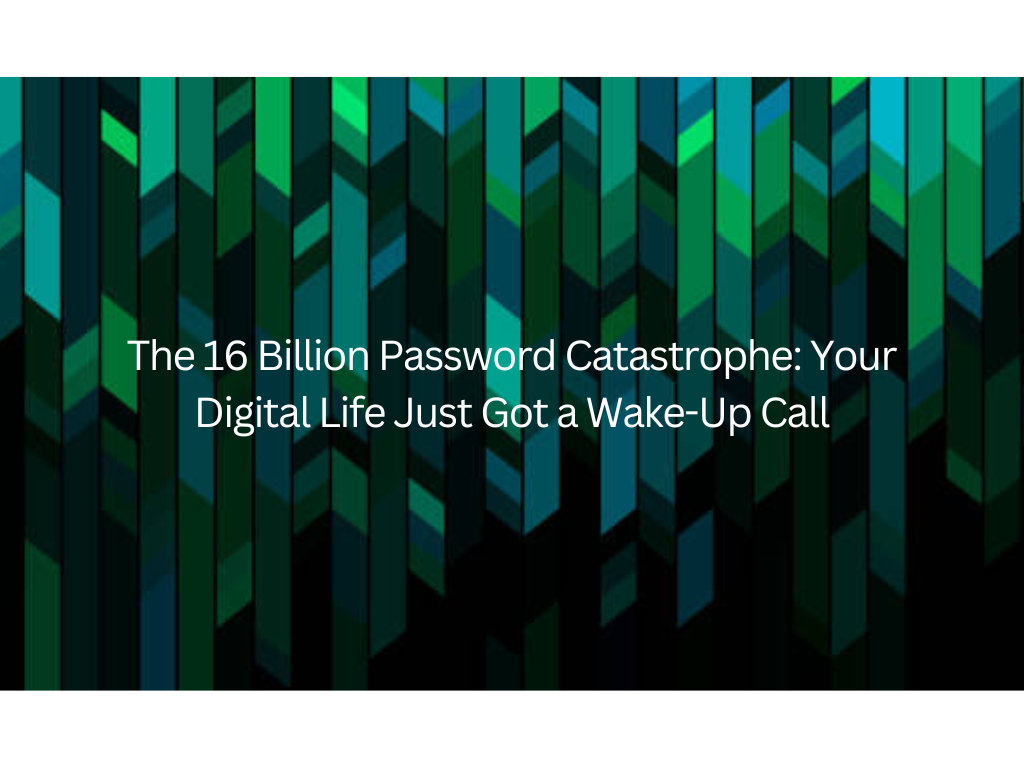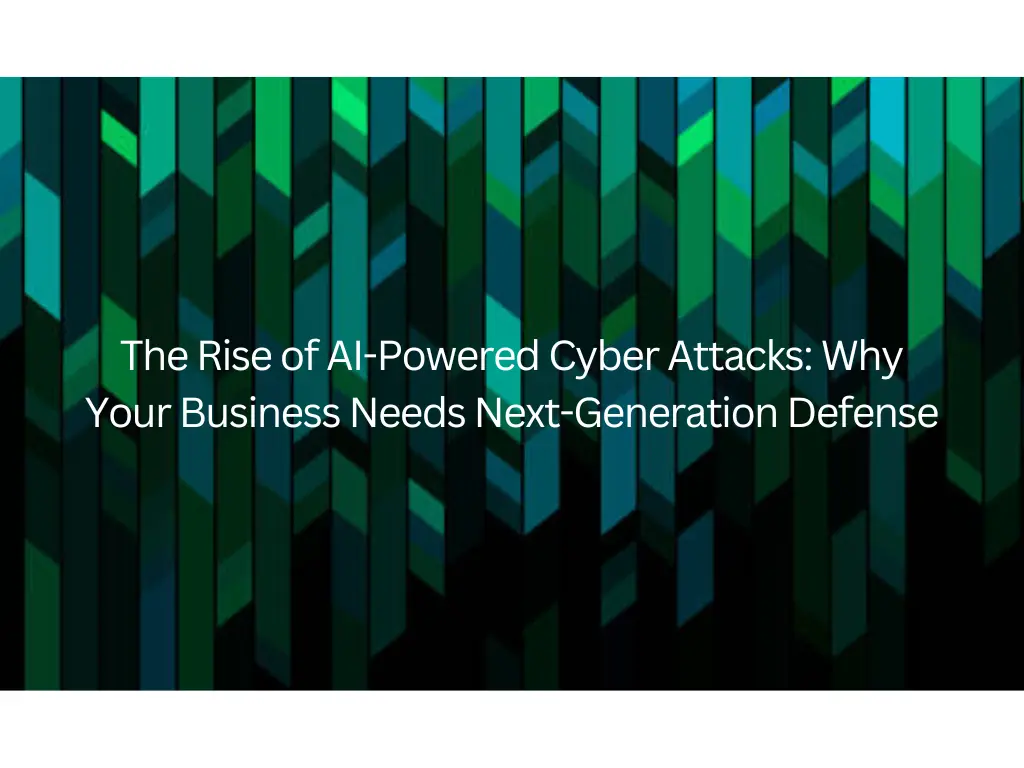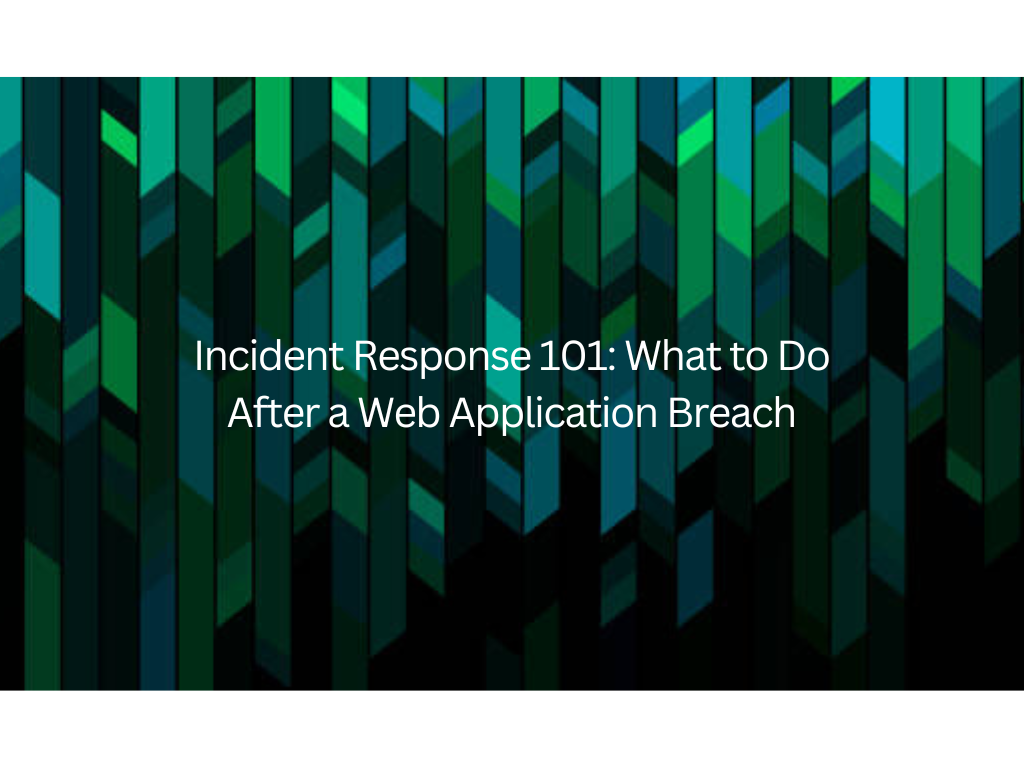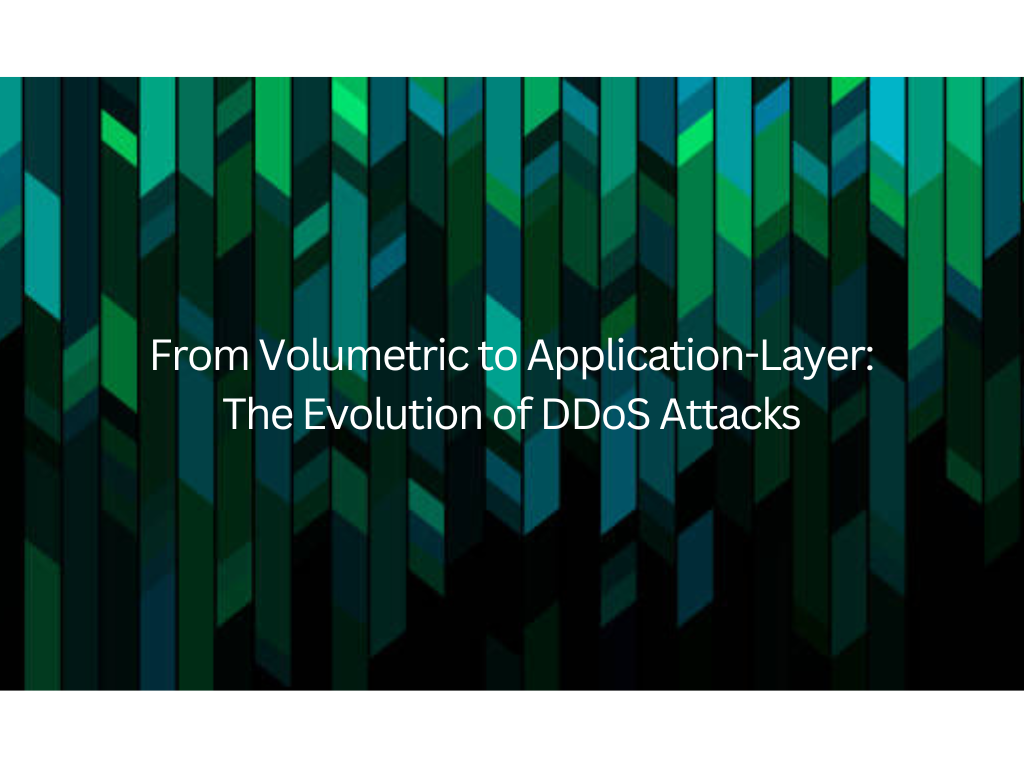Imagine your most treasured possessions, all the keys to your home, bank, and car, suddenly scattered across a public square. That’s essentially what just happened to billions of us in the digital world. A staggering 16 billion login credentials have been exposed in what’s now considered one of the largest data breaches in history.
This isn’t old news; it’s a fresh, urgent cybersecurity alert. The findings by Cybernews, spearheaded by researchers Aras Nazarovas and Bob Diachenko, reveal a massive trove of passwords that could unlock accounts on platforms we use every day – Facebook, Google, Apple, and countless other online services. This isn’t just about a few scattered data points; it’s a “blueprint for mass exploitation,” putting virtually everyone’s digital life at heightened risk.
What's Fuelling This Crisis? The Rise of "Infostealers"
So, how did such a colossal amount of sensitive information end up compromised? The primary culprit behind this widespread exposure is a sinister type of malware known as “infostealers.” Unlike the more obvious cyberattacks like ransomware that scream for your attention, infostealers are stealthy. They sneak onto your computer, often unnoticed, and quietly pilfer valuable data: your saved passwords, browser cookies, autofill information, and even details about your cryptocurrency wallets.
These digital pickpockets are highly effective because they’re designed to operate in the shadows, making them incredibly difficult to detect until it’s too late. They spread through various common online activities:
- Deceptive Phishing Emails: Clicking on a seemingly innocent link or downloading an attachment from a cleverly crafted email can unleash an infostealer.
- Malicious Downloads: Software or files disguised as legitimate tools, games, or updates are common carriers.
- “Malvertising”: Even trusted websites can host malicious advertisements that automatically download malware to your device without you even clicking.
- Compromised Websites: Simply visiting a legitimate website that has been infected can trigger an automatic infostealer download.
Once your device is compromised, the infostealer goes to work, gathering a treasure trove of your personal digital footprint. This stolen data is then often sold on dark web marketplaces, providing easy access for a wide range of cybercriminals, from individual fraudsters to sophisticated organized groups.
Beyond Passwords: The Broader Impact of Exposed Data
While the sheer number of exposed passwords is deeply concerning, the implications of this breach extend far beyond just resetting your login details. These stolen datasets are often rich with additional information that makes them incredibly valuable to attackers:
- Direct Links to Services: Attackers know exactly which websites and platforms your compromised credentials belong to, making targeted attacks highly efficient.
- Session Tokens and Cookies: These can sometimes be used to bypass even Multi-Factor Authentication (MFA), allowing criminals to hijack your active online sessions without needing your password.
- Personalized Details: Additional bits of data can help attackers build a comprehensive profile of you, enabling them to craft highly convincing and personalized phishing campaigns that are much harder to spot.
The scale and “freshness” of this data mean that cybercriminals now possess an extremely potent arsenal. This enables them to:
- Perform Credential Stuffing Attacks: This is like a digital brute-force method, where they automatically try billions of stolen username/password combinations across countless platforms, knowing that many people reuse passwords.
- Launch Highly Targeted Phishing: Using your specific details, they can send emails or messages that look incredibly legitimate, tricking you into revealing more information or downloading further malware.
- Execute Account Takeovers: This means gaining full control of your online accounts, which can lead to financial fraud, identity theft, and severe damage to your reputation.
- Enable Ransomware Attacks on Businesses: Compromised employee credentials from these breaches can provide the initial access needed for devastating ransomware attacks on companies.
Your Action Plan: Fortifying Your Digital Defenses in 2025
The sheer volume of this data breach is a powerful reminder that our online security is a continuous effort. While the news is concerning, proactive steps can significantly reduce your risk. Here’s your essential checklist for boosting your online defenses right now:
- Change Passwords (Immediately!): This is non-negotiable. Prioritize your most important accounts first: email (your digital identity hub), banking, social media, and any online shopping sites where your payment details are stored.
- Enable Multi-Factor Authentication (MFA) Everywhere Possible: If a service offers MFA (also known as two-factor authentication or 2FA), turn it on! This adds a critical layer of security, requiring a second form of verification (like a code from an app on your phone) even if your password is somehow compromised.
- Embrace Unique, Strong Passwords: Stop reusing passwords across different sites. Each online account should have a unique, complex password. A password manager is an indispensable tool here, helping you generate and securely store these complex passwords without having to remember them all.
- Be a Phishing Detective: Be extremely cautious of any unsolicited emails, messages, or calls that ask for personal information or urge you to click on links. Always verify the sender and the legitimacy of the request, especially if it seems too good to be true, or too urgent.
- Keep Your Software Up-to-Date: Those “update now” notifications for your operating system, web browser, antivirus software, and apps aren’t just for new features. They often include vital security patches that close vulnerabilities infostealers love to exploit.
- Invest in Reputable Antivirus/Anti-Malware Software: Ensure you have strong, up-to-date security software installed on all your devices (computers, smartphones) and run regular scans.
- Monitor Your Accounts Diligently: Make it a habit to regularly review your bank and credit card statements, and check the “login activity” sections of your online accounts for anything suspicious.
- Consider Dark Web Monitoring: Services that monitor the dark web can alert you if your credentials appear in new data breaches, giving you an early warning.
A Collective Responsibility for a Safer Digital Future
The 16 billion password catastrophe is a stark reminder that in the interconnected world of 2025, cybersecurity is no longer just for IT professionals. It’s a fundamental aspect of daily life for everyone. The evolving tactics of cybercriminals, especially the silent infiltration of infostealers, demand our constant vigilance. By adopting these essential security practices, we empower ourselves and contribute to a safer online environment for all. Don’t wait; protect your digital life today.




